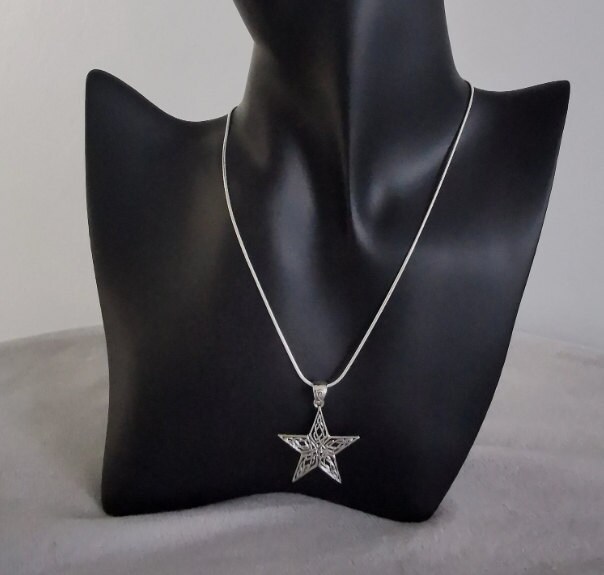The pentagram is one of the oldest known symbols, with its use dating back at least 5,000 years. Archaeological findings suggest that the ancient Sumerians, one of the earliest civilizations, used the pentagram in their writings, possibly as a representation of directions or celestial bodies. Later, the Babylonians and Egyptians adopted it, associating it with their deities and cosmological beliefs.In ancient Greece, the philosopher Pythagoras and his followers revered the pentagram as a symbol of mathematical perfection and harmony. They believed that the shape embodied the "golden ratio," a mathematical principle found in nature, art, and architecture. For them, the pentagram also represented health and balance, with each point signifying one of the five classical elements: earth, air, fire, water, and spirit.
The pentagram has held deep religious and spiritual meanings across various traditions. In early Christianity, the pentagram was often used as a symbol of Christ’s five wounds and was regarded as a sign of protection. It was commonly seen in church decorations and stained glass windows.In Wicca and other pagan traditions, the pentagram represents the unity of the five elements, with the topmost point symbolizing the spirit's dominion over the physical world. When enclosed within a circle, it emphasizes wholeness, balance, and the interconnectedness of nature. Many Wiccans and neopagans wear pentagram jewelry or draw the symbol in rituals as a means of invoking positive energies and protection.
The pentagram is often associated with the occult, particularly in modern times. The 19th-century French occultist Éliphas Lévi introduced the idea of an inverted pentagram (with two points facing upward) representing negative or destructive forces, while the upright pentagram symbolized positive spiritual energy. This dual interpretation influenced later esoteric traditions, including ceremonial magic and Satanism.The Church of Satan, founded in the 1960s by Anton LaVey, adopted the inverted pentagram featuring a goat's head within it, known as the "Sigil of Baphomet." This association has led to widespread fears and misconceptions, with many believing that all pentagrams are linked to devil worship, despite their extensive and varied historical uses.
Throughout history, different cultures have interpreted the pentagram in various ways. In medieval Europe, it was a protective symbol, used to ward off evil spirits and safeguard homes. Knights and warriors often engraved pentagrams on their shields, believing in its power to protect them in battle.However, with the rise of the Church’s power, symbols associated with non-Christian beliefs were often demonized. The pentagram, once embraced by Christian communities, was later misrepresented as a sign of heresy and witchcraft. This shift in perception has continued into modern times, leading to common misconceptions and fears surrounding the symbol.
Today, the pentagram is often unfairly linked to dark or malevolent practices, particularly in popular media. Movies and television shows frequently depict it as a sign of evil magic, reinforcing negative stereotypes. However, many spiritual practitioners, pagans, and scholars argue that the pentagram's true meaning is one of harmony, protection, and balance rather than malevolence.
Despite misunderstandings, the pentagram remains an important and widely used symbol today. It appears in flags, logos, and religious insignia. For example, the Moroccan flag features a green pentagram, which represents the five pillars of Islam. Similarly, the Bahá'í faith incorporates the pentagram in its religious symbolism to signify divine revelation.In alternative spirituality, the pentagram is used in meditation, energy work, and personal empowerment. Many individuals wear pentagram jewelry or display the symbol in their homes as a reminder of spiritual balance and protection. Even in pop culture, the pentagram is used in music, fashion, and entertainment, often as an emblem of rebellion, mysticism, or esoteric knowledge.


